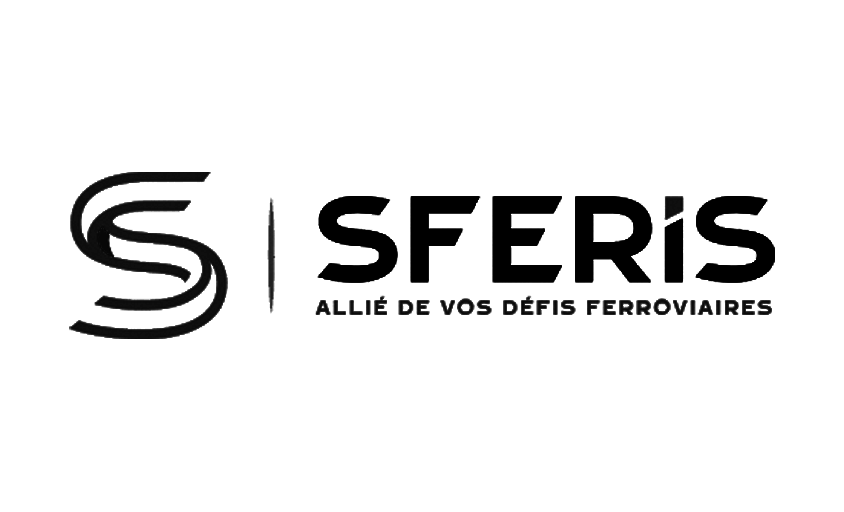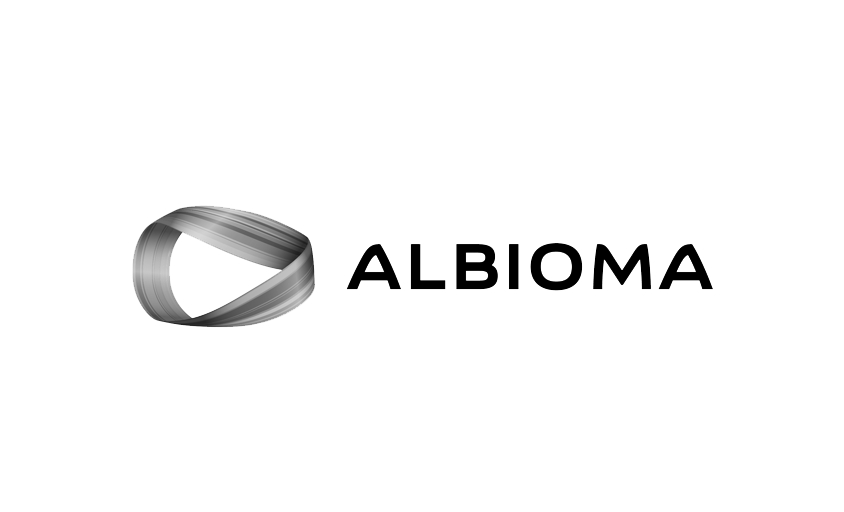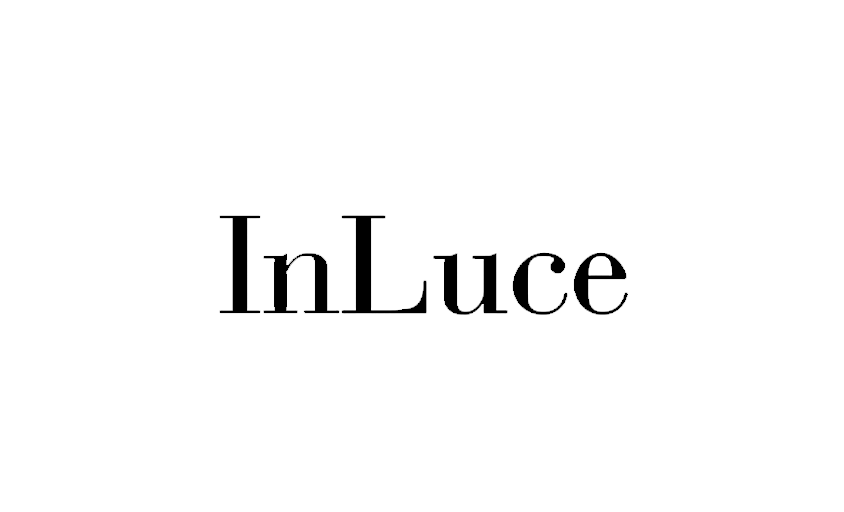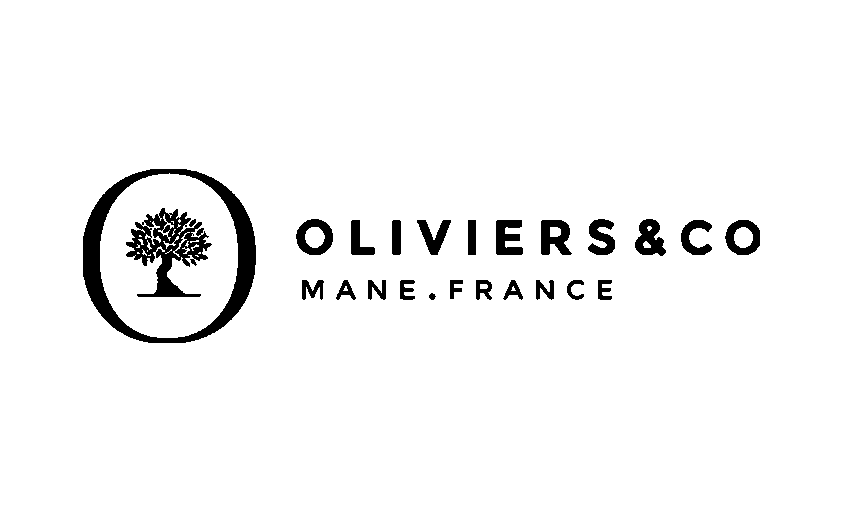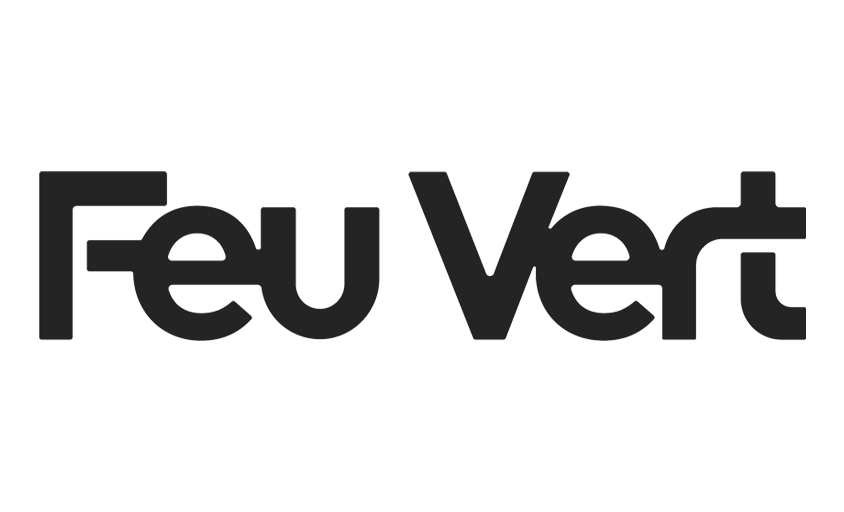Primary Packaging
In this article :
Primary packaging is the immediate container that holds and protects the product. It serves not only as a barrier against external damage and contamination but also plays a crucial role in the commercial appeal of the product by facilitating its identification and conveying the brand image. In marketing and retail, primary packaging is essential for attracting consumers and communicating the product’s values and benefits.
Key Functions of Primary Packaging
- Protection: Ensures the physical integrity and quality of the product by shielding it from moisture, light, contamination, and shocks.
- Preservation: For food and pharmaceutical products, primary packaging is vital to maintain freshness, sterility, and extend the product’s shelf life.
- Usage and Dosage: Designed to facilitate product use, whether through a reusable closure system, precise dispenser, or single-dose packaging.
Elements of Primary Packaging
- Materials: Varies depending on the product and may include plastic, glass, metal, paper, or biodegradable materials. The choice depends on protection needs, durability, and environmental considerations.
- Design: The aesthetics of the primary packaging are crafted to attract attention on shelves, using colors, shapes, and textures that reflect the brand and appeal to the target demographic.
- Information: Provides essential product details, including usage instructions, ingredients or components, safety warnings, and recycling information.
Importance of Primary Packaging in Marketing
- First Impression: Primary packaging is often the first point of contact between the product and the consumer, playing a decisive role in the purchase decision.
- Brand Differentiation: A unique and memorable packaging design can help a product stand out from the competition.
- Value Communication: Packaging conveys not only the visual identity of the brand but also the product’s values and promises, influencing consumer perception.
Challenges and Trends in Primary Packaging
- Sustainability: With growing environmental awareness, brands are pushed to develop eco-friendly, recyclable, or reusable primary packaging.
- Technology: The integration of technologies such as QR codes or smart sensors into primary packaging offers new possibilities for consumer interaction and engagement.
- Customization: The trend toward personalization requires flexible packaging solutions that can adapt to specific small-batch demands.
Conclusion
Primary packaging is much more than mere protection for the product; it is a vital communication tool that directly influences consumer buying behavior. By balancing functional requirements with creative marketing strategies and environmental considerations, companies can create primary packaging that not only preserves but also enhances their product’s market value.
Jérémy Carlo is the editorial director at Rétines, where he ensures the consistency and clarity of all content produced by the studio.
Our Clients
Let’s discuss
What we do for you at Rétines
Meticulous work, an organised project and fast delivery. And to achieve this, we mobilise the right resources in our teams at the right time.
01
Pre-production
Artistic and technical direction tailored to the project.
Relevant recommendations on content, form and resources.
02
Photo Shooting
Photos taken by our experienced photographers.
Production that’s controlled, efficient and tailored to the needs of the project, with nothing superfluous.
03
Retouching
Technique
Photographs magnified by our retouching team.
Post-production to meet the commercial challenges of the brief.


